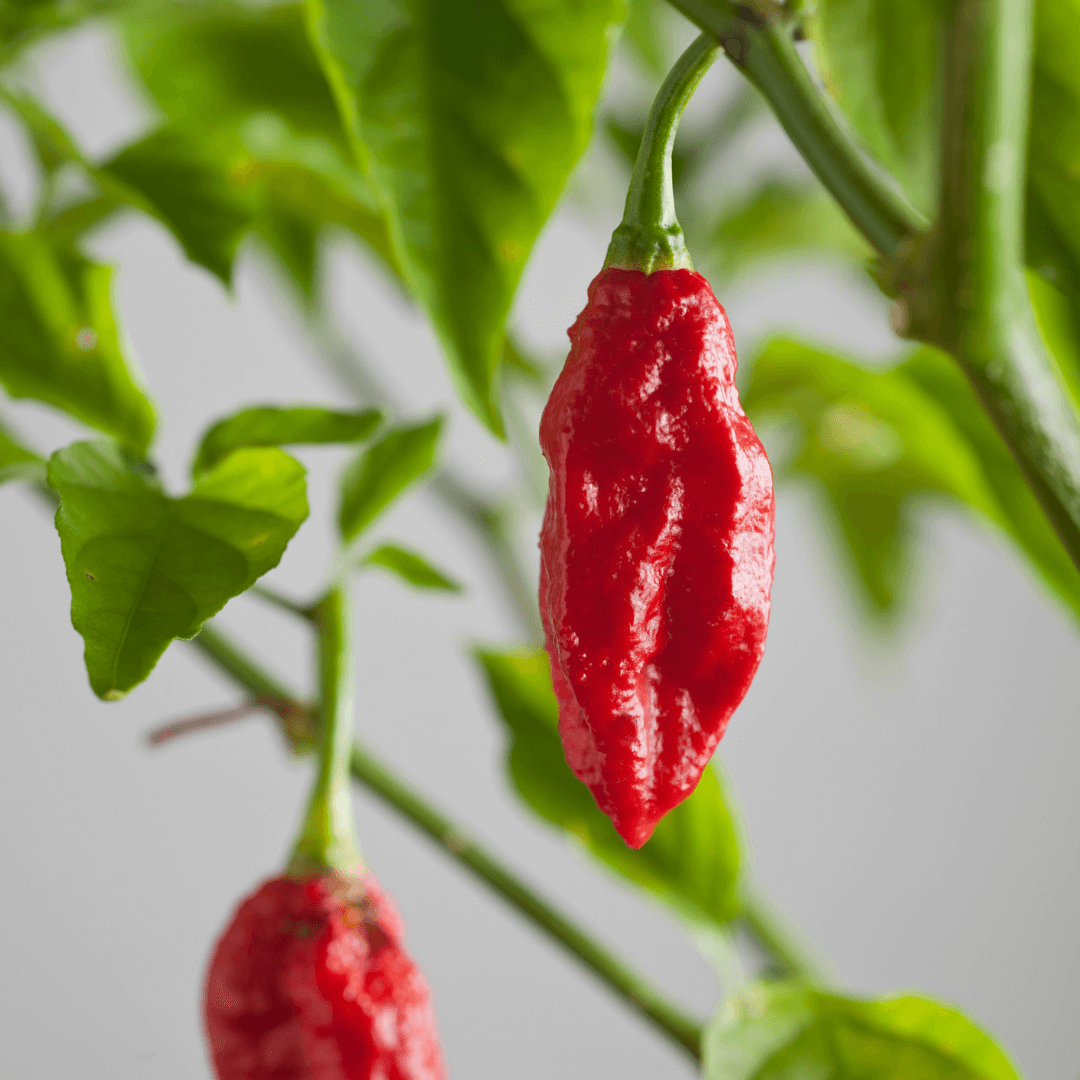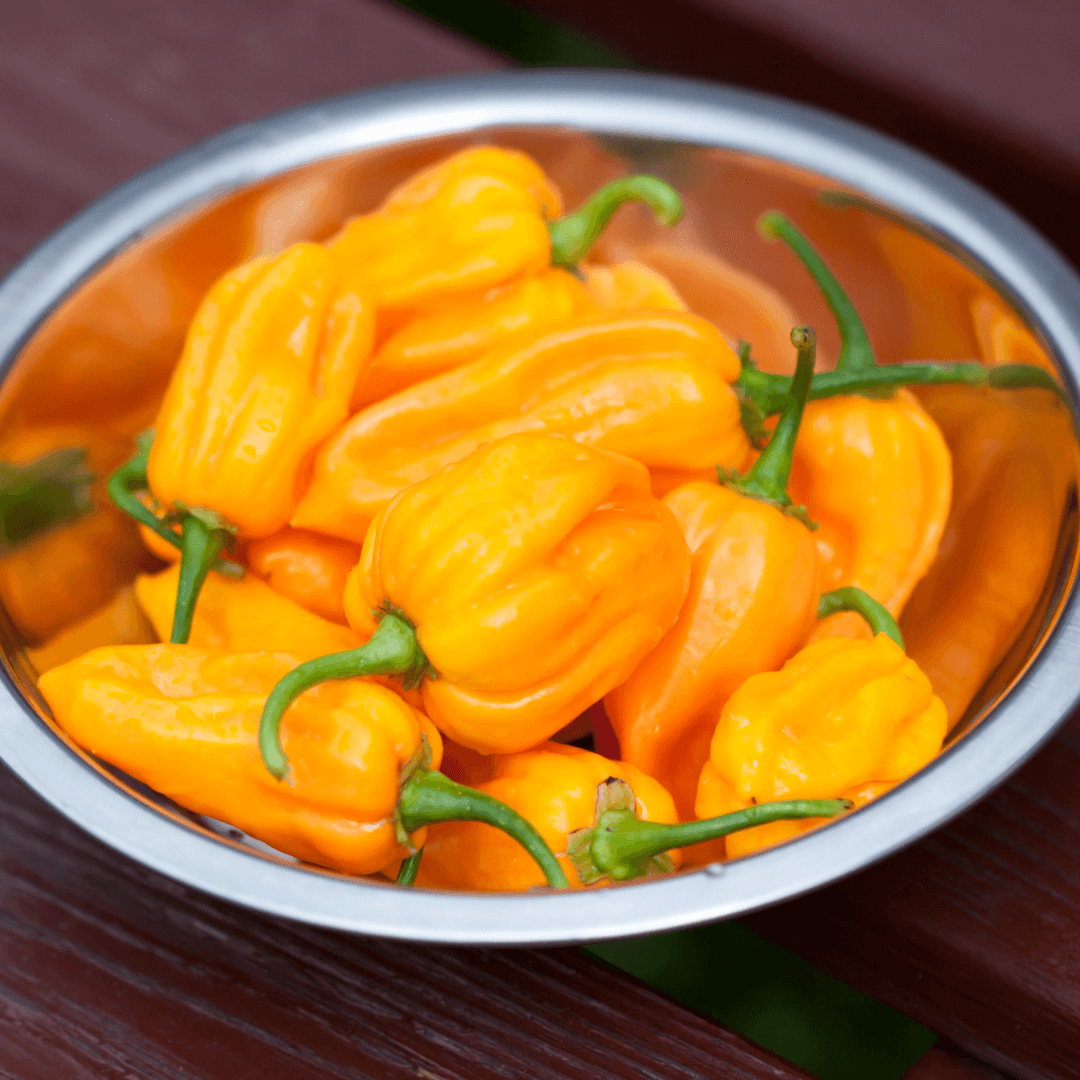As a passionate gardener, I've always been intrigued by the world of chili peppers. One of the most fascinating varieties I've encountered is the ghost pepper, also known as bhut jolokia. This hot pepper has gained fame for being one of the hottest peppers in the world, but are ghost pepper plants perennial? In this in-depth article, we'll explore the ghost pepper plant's characteristics and decide whether ghost pepper plants are perennial or annual?
1. The Ghost Pepper: A Fiery Introduction
The ghost pepper, or bhut jolokia, is a chili pepper native to India. Known for its intense heat, it was once considered the hottest pepper in the world but has since been surpassed by other varieties. It remains a popular choice among chili enthusiasts and home gardeners alike.
- Scientific name: Capsicum chinense
- Common name: Ghost pepper, bhut jolokia, ghost chili
- Hardiness zone: 10-11
Ghost Pepper Seeds - Bhut Jolokia
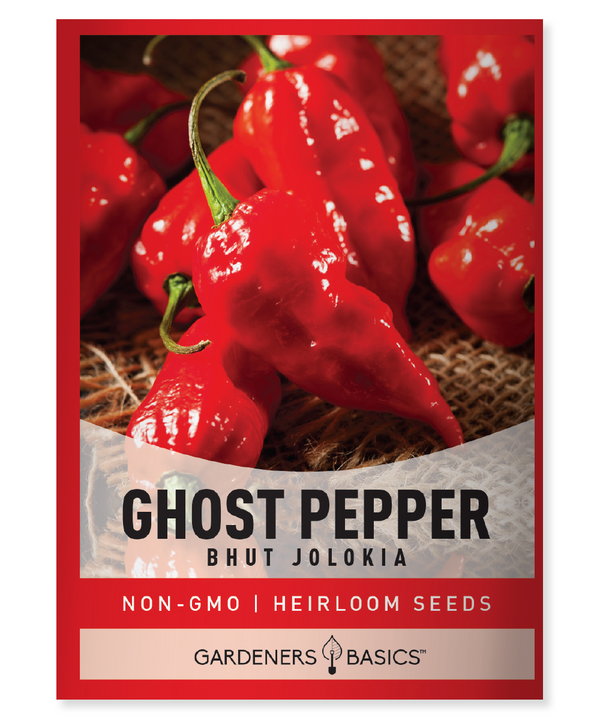
$2.49
Bhut Jolokia Ghost Pepper Seeds for Planting | Super Hot Heirloom Peppers The Bhut Jolokia or Ghost Pepper was rated the spiciest chili in 2007. It has an intense flavor and even more intense heat! CAUTION! Extremely hot pepper! Handle with… read more
2. Understanding Ghost Pepper Perennial Nature
Ghost pepper plants are indeed perennial, meaning they can live for over two years. However, they're only yearly in warmer climates where temperatures don't drop below freezing. In colder regions, these plants are usually grown as annuals.
3. Ghost Pepper Plant Characteristics
The ghost pepper plant is an intriguing specimen with unique characteristics that set it apart from other chili pepper varieties. Let's explore some of the critical features of the ghost pepper plant:
3.1 Appearance
Ghost pepper plants typically grow to a height of 2-4 feet with a similar spread. They have a bushy appearance, with dark green leaves and stems that may exhibit purple tinges. The small, white flowers that appear on the plant later develop into fiery ghost peppers.
3.2 Fruit
The fruit of the ghost pepper plant is what makes it so famous. Ghost peppers are elongated and slightly wrinkled, measuring 2-3 inches long. They typically start as green and mature to red or orange, although some varieties may also display shades of purple, yellow, or chocolate brown.
3.3 Heat Level
Ghost peppers are scorching, with a Scoville rating of over 1,000,000 units. While no longer the hottest pepper in the world, they still pack a fiery punch that should be cautiously approached.
4. Ghost Pepper Plant Growth Habits
As a perennial, the ghost pepper plant exhibits some exciting growth habits. In warmer climates where it can survive year-round, the plant will continue to produce fruit and grow new branches. However, it is essential to note that the production of peppers may decrease in subsequent years.
In colder regions where ghost pepper plants are grown annually, they will complete their life cycle in one growing season. This mTheygerminate, develop, produce fruit, and die as temperatures drop.
5. Challenges with Growing Ghost Peppers
One of the main challenges when growing ghost peppers is managing their temperature sensitivity. As mentioned earlier, they thrive in warmer climates and can struggle in colder regions. Additionally, they require consistent watering and well-draining soil to prevent root rot and other potential issues.
6. Other Notable Ghost Pepper Varieties
In addition to the traditional red ghost pepper, several other notable varieties may be of interest:
- Yellow Ghost Pepper: This variety produces bright yellow fruit with a slightly lower heat level than the red type.
- Chocolate Ghost Pepper: This unique variety boasts chocolate-brown peppers with a slightly smoky flavor while maintaining a high heat level.
- Peach Ghost Pepper: This variety features light orange or peach-colored peppers, offering a slightly fruity taste in addition to its intense heat.
- Purple Ghost Pepper: This rare variety produces dark purple peppers, adding a unique visual appeal and slightly different flavor profile to the garden.
Hot Pepper Seeds For Planting | 5 Variety Pack
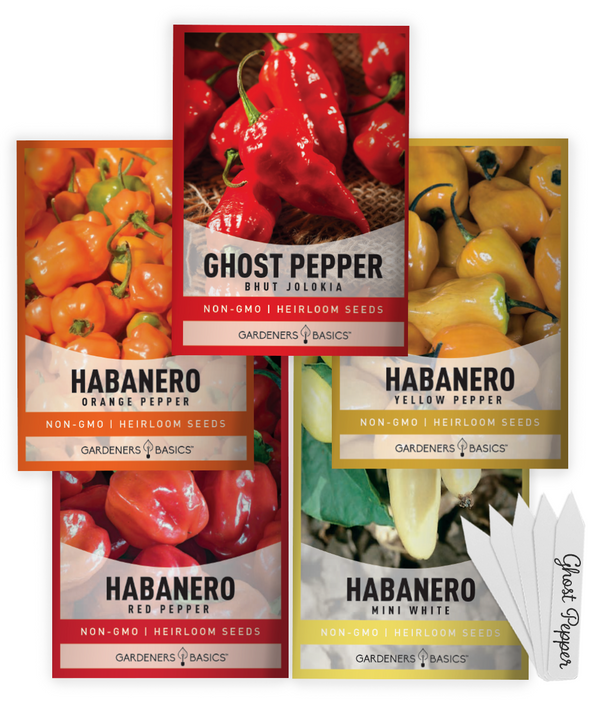
$9.95
Heirloom Hot Pepper Seeds – 5 Variety Pack, Includes Habanero & Ghost Pepper Seeds Spice up your garden with our 5 Hot Pepper Seeds Variety Pack—a must-have for any hot pepper lover or home gardener! This premium collection includes heirloom, non-hybrid,… read more
7. Ghost Pepper Plant Care and Maintenance
Although this article focuses on the characteristics of ghost pepper plants and their perennial nature, it's worth briefly mentioning some general care and maintenance tips to keep them healthy:
- Pruning: Pruning ghost pepper plants can help encourage bushier growth and increase fruit production. Remove any dead, damaged, or diseased branches, and consider pinching back the tips of the plant to promote branching.
- Fertilizing: Feed your ghost pepper plants a balanced fertilizer throughout the growing season to ensure they receive the nutrients for optimal growth and fruit production.
- Pest and Disease Management: Watch for common problems such as aphids, spider mites, and diseases like bacterial leaf spots. Employ appropriate organic or chemical controls if necessary.
 8. In Conclusion: Ghost Pepper Plants - Perennial or Annual?
8. In Conclusion: Ghost Pepper Plants - Perennial or Annual?
In summary, ghost pepper plants are perennial in nature, but their classification as perennial or annual depends on the climate in which they're grown. In warmer temperatures (USDA hardiness zones 10-11), they can live for more than two years and continue to produce fruit. In colder regions, they've grown annually, completing their life cycle within one growing season.
Whether grown as perennials or annuals, ghost pepper plants are a fascinating addition to any garden, offering unique characteristics and an unparalleled heat level that will excite chili pepper enthusiasts.



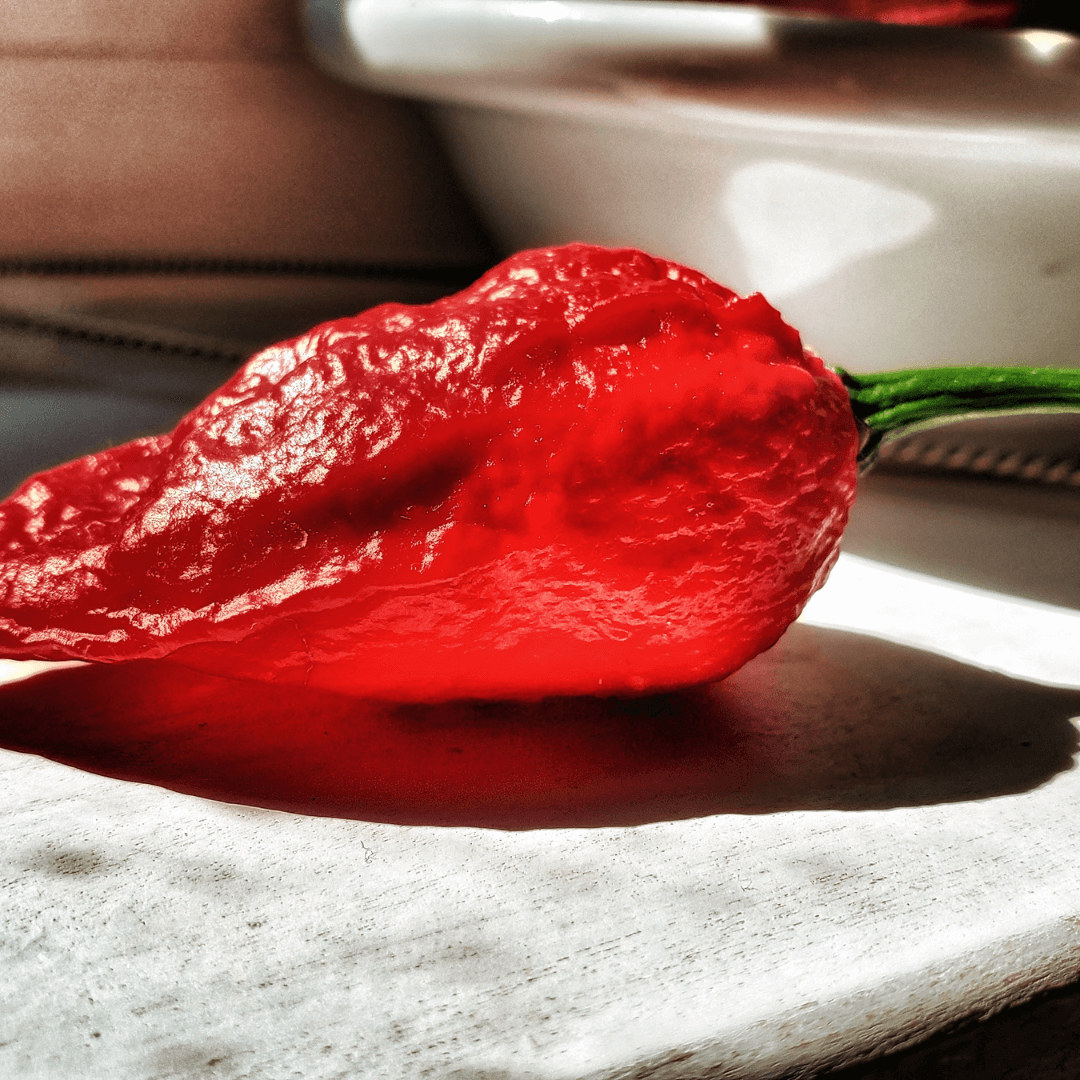

 8. In Conclusion: Ghost Pepper Plants - Perennial or Annual?
8. In Conclusion: Ghost Pepper Plants - Perennial or Annual?
